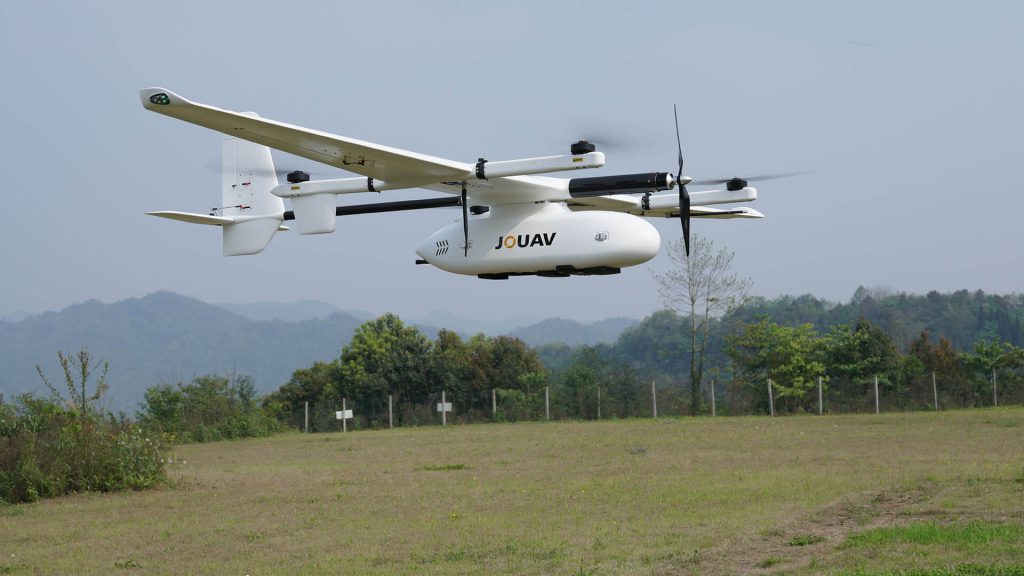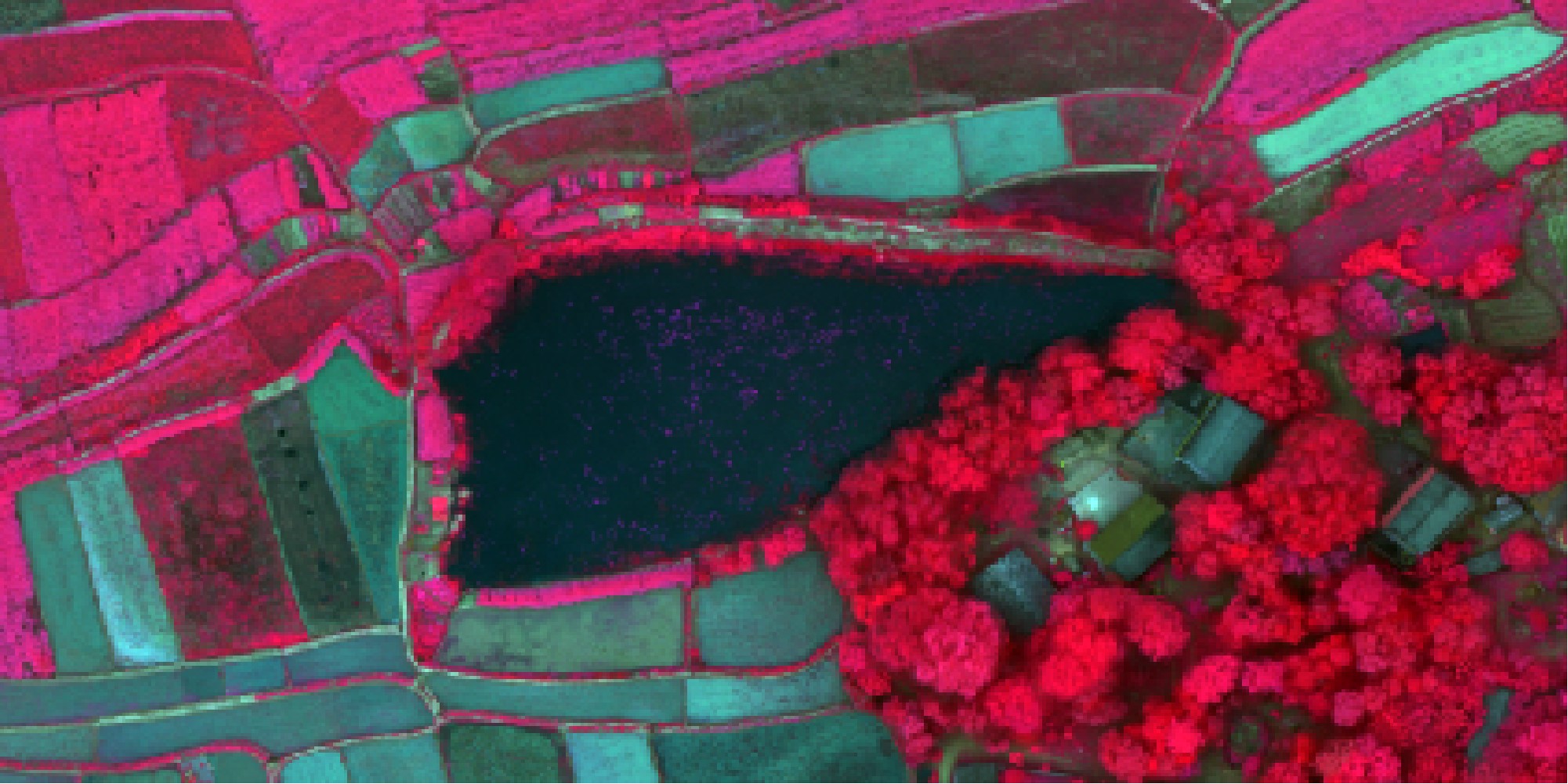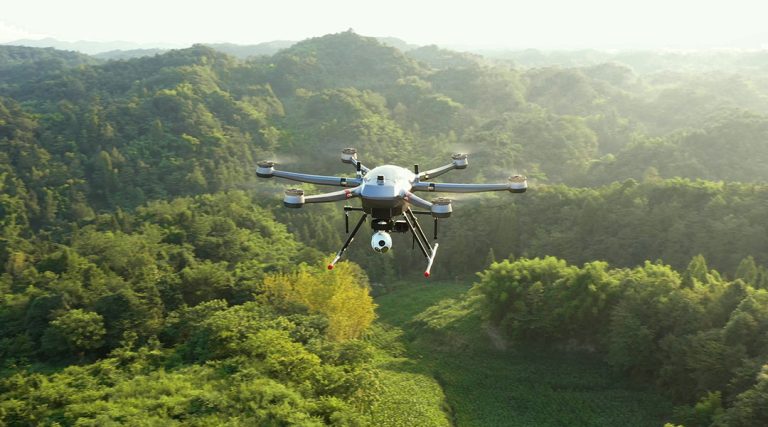Acid Mine Drainage (AMD): Definition, Causes, and Treatment
Our modern world relies on hidden resources – the metals in our phones, the minerals in buildings, and the coal that once powered our societies. However, extracting these materials has an environmental cost: Acid Mine Drainage (AMD).
Mining disrupts underground systems, exposing iron sulfide minerals to air and water. This triggers a dangerous reaction, creating sulfuric acid that breaks down rocks and releases toxic metals. The consequences are devastating: acidic runoff contaminates nearby water sources.
AMD is a widespread environmental problem. In the US alone, over 12,400 miles (20,000 kilometers) of streams, especially in areas with a long history of mining, are severely impacted. Pennsylvania, for example, struggles with over 5,500 miles of streams suffering from this acidic contamination.
This article explores the science behind AMD, its far-reaching effects on health and the environment, and ongoing efforts to address this challenge.
What is Acid Mine Drainage?
Acid Mine Drainage, or AMD, is a toxic cocktail produced by the interaction of mining activities and the natural world.
When large-scale excavations, like those in coal and metal mines, expose sulfide minerals to air and water, a dangerous chemical reaction occurs. These minerals, most commonly pyrite (FeS2) in coal mines, react with oxygen and water to produce sulfuric acid.
This acidic water doesn't stop there. As it flows through the rock, it dissolves other harmful heavy metals like copper, lead, and zinc. These metals, even in small amounts, are very toxic and pose a serious threat to the health of animals and humans.

How Does Acid Mine Drainage Form?
Acid Mine Drainage (AMD) isn't a random occurrence; it's a specific chemical reaction triggered by mining activities. Iron sulfide minerals, abundant in both coal and metal mines, are the key players. These minerals are relatively harmless until exposed to air and water, which happens extensively during mining.
This exposure triggers an oxidation reaction. Imagine iron sulfide losing electrons to oxygen molecules (from air) dissolved in water. This reaction creates sulfuric acid, a highly acidic and corrosive compound. Essentially, the once harmless minerals combine with air and water to produce a potent environmental hazard.
The scientific community uses the following balanced chemical equation to represent this reaction:
4FeS2 (s) + 14O2 (g) + 4H2O (l) → 8H2SO4 (aq) + 4Fe2O3 (s)
Here, 4 molecules of iron sulfide (FeS2) react with 14 oxygen molecules (O2) and 4 water molecules (H2O) to produce 8 sulfuric acid molecules (H2SO4) and 4 iron(III) oxide molecules (Fe2O3), commonly known as rust.
While the oxidation reaction occurs naturally, acidophilic microbes can accelerate it. These microbes thrive in acidic environments and further break down the iron sulfide minerals, speeding up AMD production.
Mining itself is the root cause of the problem. By breaking and displacing rock, mining exposes the iron sulfide minerals to air and water, triggering the AMD reaction. The resulting acidic water then leaches through the mine and surrounding rock, becoming AMD.

Even abandoned mines have continued generating AMD for decades. Rainwater and snowmelt seep into the exposed rock, perpetuating the reaction and creating a continuous source of contamination. This is why long-term treatment strategies are crucial for managing abandoned mine sites and preventing the spread of AMD.
What Are the Impacts of Acid Mine Drainage?
Acid Mine Drainage is a complex environmental issue with a devastating impact. Its effects ripple outwards, poisoning aquatic ecosystems and posing a threat to human health through contaminated water sources.
Environmental Devastation
The most immediate impact of AMD is on aquatic ecosystems. As AMD flows into streams and rivers, it drastically lowers the water's pH, making it highly acidic. This acidic environment is deadly for most aquatic life – fish, plants, and invertebrates simply cannot survive in such harsh conditions.
But the damage doesn't stop there. AMD acts like a solvent, dissolving heavy metals like iron, copper, and arsenic from surrounding rocks. These metals then become bioavailable, meaning they can be absorbed by aquatic organisms. This disrupts entire food webs, with predators accumulating high levels of these metals as they consume contaminated prey.
The presence of iron in AMD is particularly noteworthy. When iron comes into contact with air, it precipitates out of the water, forming reddish-orange iron hydroxide flocs – often referred to as "Red Boy." In some cases, the iron precipitates as a yellow jarosite mineral, nicknamed "Yellow Boy." While these precipitates might seem visually striking, they further smother streambeds and suffocate aquatic life.

Human Health Concerns
The dangers of AMD extend beyond the immediate environment. When AMD contaminates groundwater sources, it threatens human health. Drinking water contaminated with AMD can lead to various health problems depending on the specific metals present.
For example, high levels of copper can cause gastrointestinal issues and liver damage. Arsenic exposure is particularly concerning, as it is a known carcinogen linked to various cancers. The long-term effects of ingesting even low levels of these heavy metals are still being researched, but the potential health risks are undeniable.
How to Prevent and Control Acid Mine Drainage?
Acid Mine Drainage (AMD) is a persistent environmental challenge, but thankfully, there are ways to combat it. These strategies fall into two main categories: prevention and control.
Prevention: Stopping the Problem at the Source
Neutralization: Adding lime or other alkaline materials (like limestone or sodium bicarbonate) to exposed mine waste can neutralize the acidity before it forms. This approach mimics natural processes that occur in healthy ecosystems.

Limiting Exposure: Proper management of overburden, the waste rock removed during mining, is crucial for AMD prevention. Segregating and stockpiling overburden based on its sulfur content is important. Highly reactive materials with high pyrite content should be isolated from air and water exposure. Less reactive overburden with low pyrite content can be used to create a protective cover over exposed sulfide-rich materials, further limiting their contact with oxygen and water.
Microbial Management: Certain bacteria, like Acidithiobacillus ferrooxidans, can accelerate AMD formation. Strategies like using bactericides specifically targeting these bacteria or adding organic waste as an alternative energy source can control these populations, mitigating their role in the process.
Control: Addressing Existing Contamination
Treatment Plants: These facilities utilize lime or other neutralizing agents (like soda ash or slaked lime) to treat contaminated water directly. The process helps to raise the pH and cause metals to precipitate out as solids (like iron hydroxide), making them easier to remove through filtration or settling.

Constructed Wetlands: These man-made ecosystems mimic natural wetlands, encouraging the growth of specific plants and microbes. These wetlands can help to sequester contaminated materials in the plant roots and sediments. Additionally, some wetland plants can create oxygen-free conditions that hinder further acid formation by certain bacteria.
Waste Relocation and Isolation: In some cases, relocating contaminated mine waste to a controlled environment allows for better treatment and monitoring. This can involve moving the waste above the water table and covering it with impermeable materials (like compacted clay liners) to prevent further water contact.
Flooding and Inert Fill: Abandoned mines can be flooded with water to limit oxygen exposure, although this approach can mobilize some metals and requires careful management. Alternatively, filling mines with inert materials like alkaline substances (such as crushed limestone) can prevent the formation of acidic water by neutralizing any acid produced and limiting further sulfide mineral oxidation.
How to Efficiently Monitor Acid Mine Drainage?
For decades, environmental agencies and mine operators have relied on traditional methods like manual water sample collection to monitor acid mine drainage (AMD). While these methods have served their purpose, they struggle to keep pace with the growing urgency of environmental protection.
Challenges with Traditional Methods:
- Laborious and Time-Consuming (Weeks for Results): Traditional methods require significant manpower for field sampling (travel, sample collection), lab analysis (potentially days for processing), and data interpretation, leading to delays in obtaining crucial results. This time lag can be weeks, hindering timely intervention for AMD issues.
- Limited Scope (Missing Spatial Variations): These methods provide data from specific locations, potentially missing vital information on spatial variations in AMD severity across the entire mine site. This limited scope makes it difficult to develop a comprehensive understanding of the AMD problem.
- Weather Dependent (Limited Collection Windows): Weather conditions like heavy rain or strong winds can significantly impact the accuracy and feasibility of field data collection, reducing the number of samples collected and potentially skewing results.

Image credit: earthjustice.org
There's a better way. Drone technology is revolutionizing AMD monitoring, offering a comprehensive, efficient, and safer approach.
The Rise of Drone-Based Monitoring
Drones equipped with specialized sensors can gather extensive data for in-depth AMD analysis, going far beyond basic parameters like pH and temperature. Here's how drones are transforming AMD monitoring:
- Faster Insights: Drones capture high-resolution aerial imagery and data in real time. Imagine covering up to 1,200 hectares in a single flight with a drone like the JOUAV CW-15, compared to collecting a handful of water samples over days. This real-time data empowers you to make informed decisions about AMD management swiftly.
- Reduced Risk: Hazardous abandoned mine sites pose safety risks to personnel. Drones eliminate the need to enter these areas, minimizing the risk of accidents or exposure to contaminated water and unstable structures.
- Cost Savings: Drone-based monitoring can be significantly more cost-effective, especially for large-scale mine sites. Reduced manpower requirements, faster data collection, and broader coverage areas can lead to a return on investment (ROI) within months.

Advanced Data Acquisition with Specialized Sensors
Many advanced drone models, like JOUAV CW-15 drones, can be equipped with various sensors to gather comprehensive data for AMD analysis:
- Hyperspectral Cameras: Analyze vegetation health (e.g., chlorophyll content) and water quality (e.g., dissolved metal concentrations) by capturing data beyond the visible spectrum.
- Thermal Cameras: Pinpoint the source of contamination with an accuracy of up to a centimeter by detecting temperature variations associated with AMD discharge points.
- Multispectral Cameras: Rapidly identify areas with high concentrations of dissolved metals like iron, copper, and arsenic by capturing data in multiple wavelengths.


The JOUAV CW-15 drone is equipped with an AQ600 multispectral camera that sees beyond what we can. This lets it capture information in different colors of light, invisible to our eyes, to reveal things like plant health and water quality.
Applications of Drone-Based Monitoring in AMD Management
Drone-based monitoring empowers environmental agencies and mine operators with valuable data for effective AMD management:
- Targeted Remediation Strategies: Detailed maps of AMD-affected areas, created with high-resolution drone data, allow for more accurate resource allocation during remediation efforts.
- Swift Intervention: High-resolution imagery helps pinpoint the exact location of AMD discharge points (accurate to centimeters) enabling targeted treatment at the source.
- Quantified Treatment Success: Regular drone surveys track the effectiveness of treatment plans over time, allowing adjustments as needed. By comparing data before and after treatment, drone surveys quantify the success of remediation efforts.
- Early Problem Detection: Proactive drone monitoring helps identify potential AMD problems before they escalate, allowing for preventative measures. Regular drone surveys can detect subtle changes in vegetation health or water quality, indicating potential AMD issues before they become severe.
FAQ
What Organisms Thrive in Acid Mine Drainage-Impacted Streams?
In AMD-impacted streams, some organisms, known as acidophiles or "acid-loving" species, can not only endure but also thrive in harsh conditions. These include certain bacteria like Acidithiobacillus ferrooxidans, which contribute to the oxidation process that produces sulfuric acid.
Acid-tolerant fungi also play a role in breaking down organic matter and aiding in the breakdown of dissolved metals. Additionally, a few specialized algae and moss species can survive in low-pH environments, although their diversity is notably lower than in healthy streams.
Can Clay Minerals Act as a Buffer for Acid Mine Drainage?
Yes, clay minerals naturally buffer acid mine drainage (AMD) due to their cation exchange capacity and mineral weathering processes. These minerals possess a negative electrical charge that attracts positively charged ions (cations) like hydrogen (H+) from acidic water, thereby neutralizing some acidity.
Additionally, certain clay minerals, especially those rich in calcium or magnesium, can weather and release these elements into water. These elements then react with dissolved metals, forming less soluble precipitates that help remove harmful metals from the water column.
How Can Limestone Be Used in Situ for Acid Mine Drainage Remediation?
Limestone (calcium carbonate) is commonly used for in-situ treatment of AMD due to its effectiveness. When exposed to sulfuric acid in water, limestone undergoes a neutralization reaction, forming calcium sulfate (gypsum) and carbon dioxide. This reaction helps reduce the acidity of the water, mitigating AMD's harmful effects.
The passive treatment system involving crushed limestone placed in open channels or constructed wetlands facilitates this neutralization process as acidic water passes through. While this method is cost-effective and requires minimal maintenance, it necessitates ample space for the treatment system and may not be feasible for all AMD cases.
Can Acid Mine Drainage Cause Landslides?
While AMD doesn't directly cause landslides, it can create conditions that make them more likely.
- Weakening Rock: The acidic water can dissolve minerals that bind rock particles together, weakening the overall stability of slopes and increasing the risk of landslides.
- Subsurface Erosion: The acidic water can also accelerate the erosion of underground rock and soil, creating cavities that can contribute to slope instability.
- Increased Pore Pressure: The presence of acidic water can increase pore pressure within rock and soil, reducing their shear strength and making them more susceptible to landslides.
How Much Does Acid Mine Drainage Treatment Cost?
According to research, the general cost of AMD treatment can range from $8,814 to $23,400 per year, with potential costs reaching up to $70,200 over three years.





